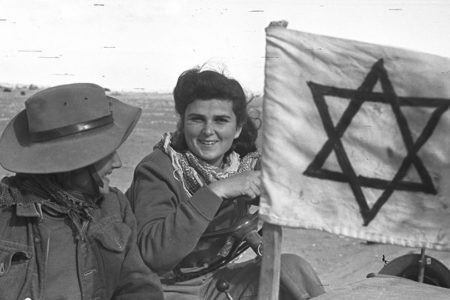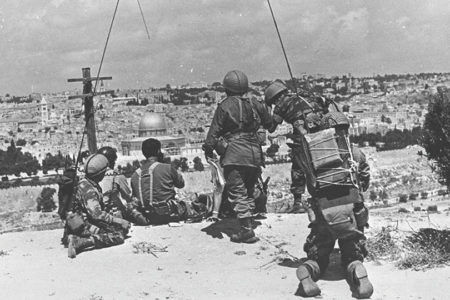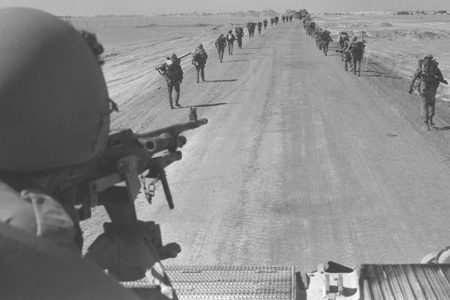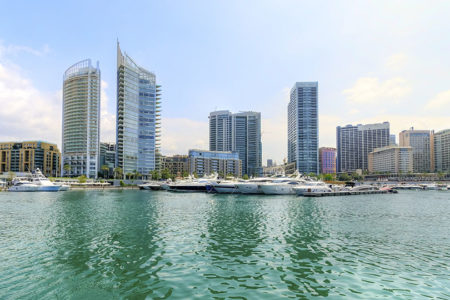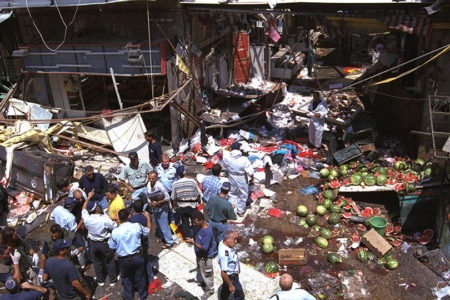Treblinka: The Rails Ran Only One Way
A few weeks ago I went into the deep woods in Poland with a friend. For him, it was a return trip, one that members of his family had almost certainly taken some fifty years ago. For me, it was entry into an era I have often written and spoken about. But never before have I been personally exposed to the aura of death and despair that still seems to foul the air over the place.
Our destination was Treblinka, so named for a small village a short distance from the death camp. To reach the place, you follow the railroad past the town and off into a nearly impenetrable forest. Upon entering the camp, you get the sense that this spot was chosen—beyond the view of civilized people—to inflict the worst forms of extermination that demonically deranged minds could conjure up. Treblinka was not constructed with the thought of holding prisoners of the Reich for a period of time, although it served that purpose for some Poles incarcerated there. The camp was designed as a killing factory, and, before it was over, Nazi overlords could marvel at the level of efficiency accomplished by their experts in genocide. The ghastly figures totaled after the war brought the number of Jews, Poles, and Gypsies passing through Treblinka’s gas chambers and ovens to approximately 800,000.
The camp is gone now, burned by the Nazis in an effort to put grass where ashes, blood, and bones had fallen. Truth will out, however, and the very size of the tragedy proved far too large to be hidden beneath a carpet of green. Indeed, all of the grass in God’s universe could not cover the mountain of iniquity that was Treblinka. Today, a large monument stands directly over the site of the crematorium. All around the memorial stand rows of large, sentinel-like stones with names of towns and people inscribed on each of them.
For me, the enormity of the atrocities strewn across the many acres of the Treblinka death camp was discovered beyond the rail line, the barracks, the gas chambers, and the ovens. I found it where we stood overlooking a massive excavation. It looked to me like a small version of the Grand Canyon, with craggy sides sloping into a depression of perhaps one hundred feet or more. In the distance we could see where the gash closed to the level of the surface once again, but it appeared to be a very long way from us. We were viewing a gravel pit, but its central purpose was not to provide the stuff essential to making cement. That pit was designed as a place where Jews could be worked to death or into a state of exhaustion that would provide the excuse for a bullet in the head.
It was there, before that gaping slash in the earth, that the full weight of what had transpired in the woods of Treblinka came home to me. Although every building has been destroyed, that massive, grave-like memorial endures. To look down into a pit where virtually every shovel of earth excavated was hoisted by a Jewish man or boy marked for death evokes an inexpressible emotion. The muted groans, the echoes of pistol shots invading wasted bodies too weak to resist, and the rumble of carts carrying away human remains to the ovens have not vacated the premises.
Two words inscribed on the monument in the center of the camp capture the essence of what a visit to this loathsome place will burn into the mind. It says in several languages: “Never again.”
I cannot imagine that anyone going there will not fervently agree that there must never be another Treblinka and—while leaving their tears and the grip of constricted throats behind—be heard, in one way or another, to utter the words “Never again” as they depart.
On the ride back to Warsaw, sitting beside my friend who was obviously lost in thoughts of his family and better days, my mind was running toward “Never again.” Yes, I thought, there must never be another Treblinka. But, as we left the place, I was thinking “Never again” in a different context. I was glad to have left Treblinka behind me—I don’t think I want to go back again.

